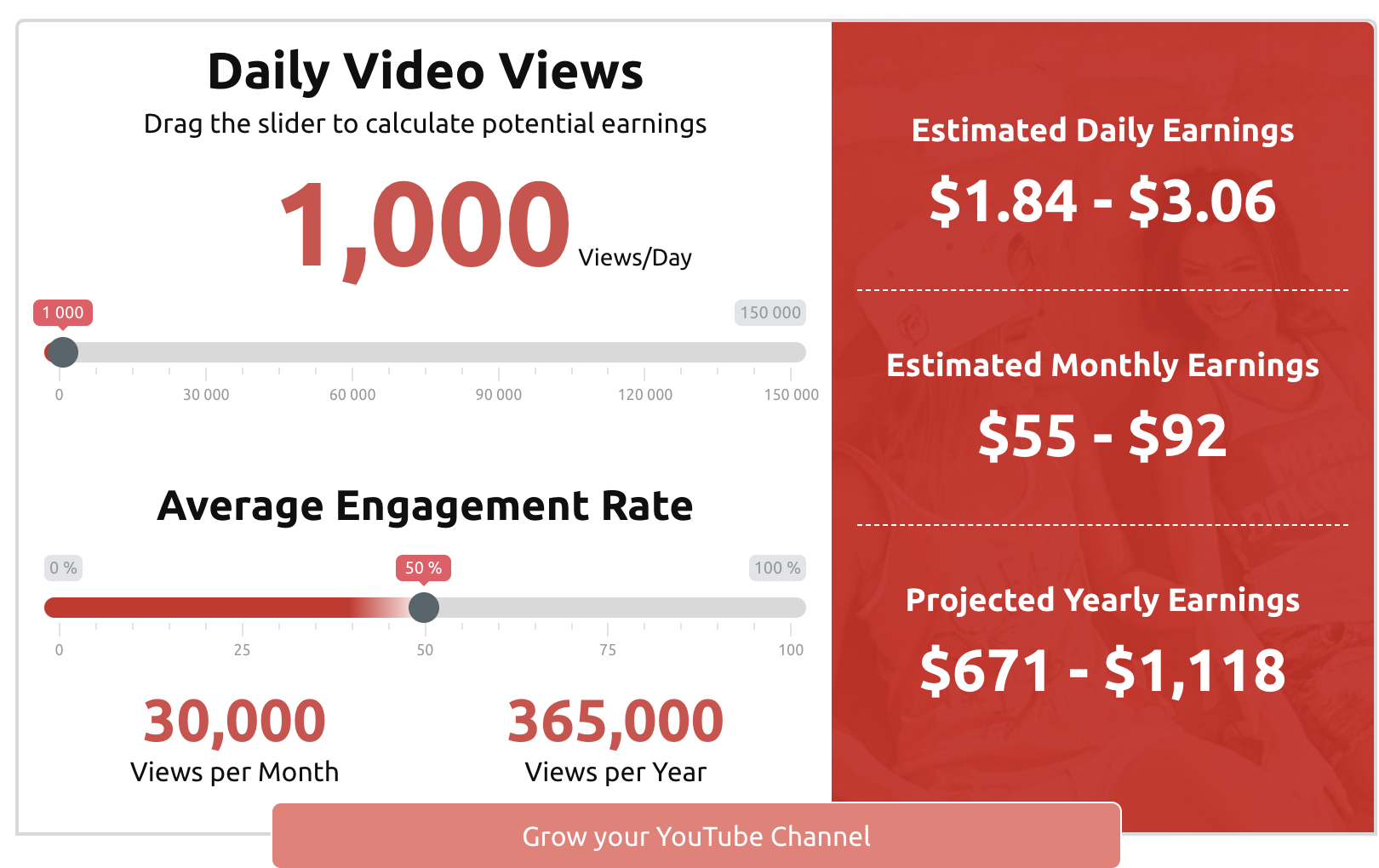
Table of Contents
Officialtollfree – In the digital era, YouTube has emerged as one of the most influential platforms, not only for entertainment but also as a source of income for content creators worldwide. With over 2 billion logged-in monthly users, YouTube offers a lucrative opportunity for individuals to monetize their content and generate revenue. However, the process of how YouTube pays its creators can seem complex to those unfamiliar with its workings. In this article, we’ll delve into the mechanisms through which YouTube pays its content creators, exploring various revenue streams and monetization strategies.
Understanding How YouTube Pays You: Exploring Revenue Streams and Monetization Strategies
Ad Revenue:
The primary source of income for most YouTube creators is through advertisements. YouTube’s advertising system allows creators to earn money by displaying ads on their videos. Creators can join the YouTube Partner Program (YPP) once they meet certain eligibility criteria, including having 4,000 watch hours in the past 12 months and at least 1,000 subscribers. Once accepted into the program, creators can enable monetization on their videos, enabling ads to run before, during, or after their content.
The revenue generated from these ads is shared between YouTube and the content creator. Typically, creators receive around 55% of the advertising revenue, while YouTube keeps the remaining 45%. Advertisers pay based on various factors such as the number of views, the demographics of the audience, and the engagement with the ad.
YouTube Premium:
YouTube Premium is a subscription service that offers an ad-free viewing experience, access to exclusive content, and other premium features for a monthly fee. A portion of the revenue generated from YouTube Premium subscriptions is distributed to creators based on the watch time of their content by Premium subscribers. This provides an additional source of income for creators beyond traditional advertising.
Channel Memberships:
Channel Memberships allow viewers to become paying members of a creator’s channel in exchange for exclusive perks such as badges, emojis, and access to members-only content. Creators can set a monthly subscription fee for memberships, and YouTube takes a percentage of the revenue generated, similar to other monetization methods. The remaining portion goes directly to the creator.
Super Chat and Super Stickers:
During live streams, viewers have the option to purchase Super Chats and Super Stickers, which are highlighted messages and animated stickers respectively. These paid interactions allow viewers to stand out in the chat and support their favorite creators financially. Creators receive a share of the revenue generated from Super Chats and Super Stickers, providing an additional monetization avenue for live content.
Merchandise Shelf:
YouTube enables eligible creators to showcase their official merchandise directly beneath their videos through the Merchandise Shelf feature. Creators can link their YouTube channel with approved merchandise partners and earn a commission from sales made through the platform. This integration simplifies the process of selling merchandise to viewers and expands creators’ revenue streams beyond ad revenue.
Sponsored Content and Brand Deals:
Many creators collaborate with brands and companies to create sponsored content or brand deals. These partnerships involve promoting a product or service within their videos in exchange for payment. While YouTube doesn’t directly facilitate these transactions, creators have the freedom to negotiate deals independently or through influencer marketing agencies. Sponsored content allows creators to diversify their income and often provides higher payouts than traditional advertising.
Conclusion:
YouTube offers multiple avenues for content creators to monetize their videos and generate income. From advertising revenue and YouTube Premium to channel memberships and sponsored content, creators have a range of options to choose from based on their audience and content niche. By understanding these monetization strategies and effectively leveraging them, creators can turn their passion for creating videos into a sustainable source of income on YouTube. However, it’s essential for creators to prioritize authenticity and audience engagement to maintain long-term success on the platform.
DA
